




|
The WIN Team |
|
The Westerly Innovations Network |

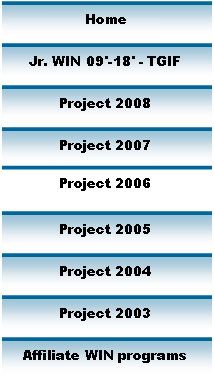
|
Project 2006: Robo-Nurse |
|
In 1938 and 1952, Westerly, RI was hit by hurricanes that devastated the shoreline. In 2005, Hurricane Katrina hit and caused mass destruction in the southern states. During his period, many elderly people and other patients on medication became trapped in their homes. These elderly people were, according to the September 6, 2005 Senior Journal, “unable to make calls because they were bedridden or too senile to ask fleeing neighbors for help.” Most were going without power or shelter, or even anybody knowing of their presence. Also, any period where patients do not take regular prescribed medications can greatly increase the disease’s ability to counteract the drugs. A loss of scheduling because of some disaster could breed strains of superdiseases. We started this project by brainstorming designs for the a gadget to solve this problem.. This required coming up with criteria and functions of the device, searching for a programmable system with which to control it, ways of alerting the patients, and much more. We eventually gathered all the pieces, a plastic shell, a simple microphone and speaker system, led indicators, a pushbutton, and the “Brain” of the device, the Programmable Logic Controller (PLC). We then decided to name our product: The Robo-Nurse. |
|
Westerly Innovations Network |
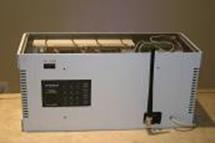
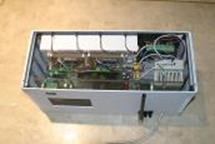
|
The Robo-Nurse |
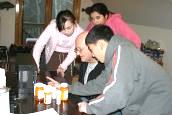
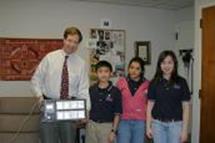
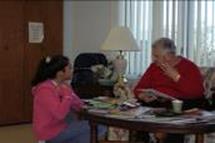
|
Last Update: July 8, 2009 |
|
WESTERLY INNOVATIONS NETWORK IS A NON-PROFIT ORGANIZATION WITH 501(C)(3) non-profit STATUS. ALL DONATIONS are 100 % TAX DEDUCTIBLE. OUR UNITED WAY AGENCY NUMBER IN CONNECTICUT IS 2368, OR YOU CAN SEND donations DIRECTLY TO us at P.O. BOX 2116, WESTERLY, RI. |

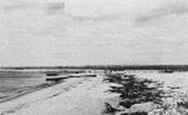
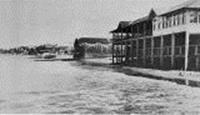
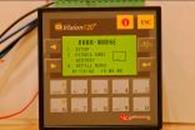

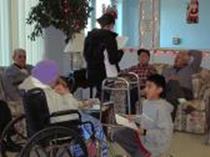
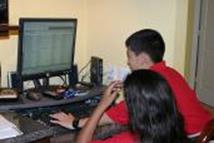
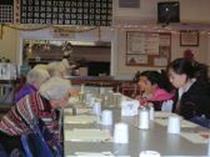
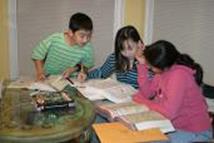
|
The Robo-Nurse project was started to solve the problem that for many advanced diseases, patients need to take a plethora of medications at a time. Any misdose of these could complicate the patients condition, and complicated medication schedules could result in misdoses. To combat this, we developed a device that could store medication as well as act as an alarm to alert the patient when it was time to take the medication. In addition, it can be programmed to call a phone number in case of a wireless distress signal. |
|
It was then necessary to design the program that would control our system as well as perfect the logistics of such a device. To do so, one of our teammates learned how to program a PLC using Unitronix. We also collected information to improve the Robo-Nurse from local senior citizens and doctors. We surveyed over one hundred individuals and collected information to apply to our device. We worked with a local ophthalmologist, Dr. David Rivera, to determine an appropriate font size to use on the display. In addition, we showed the Robo-Nurse to Dr. Timothy Flanigan, the Director of Infectious Diseases at Rhode Island and The Miriam Hospital and Brown Medical Schools. Although he suggested that patients do not want their lives to be controlled by machines, and they may want to vary their schedules, when we explained how flexible and the timer settings are, he stated, “This is a brilliant idea. This machine will definitely help patients with complicated medicine schedules.” He noted that he had a patient with 3 medical problems and that the patient’s medication schedule was very complicated and critical to adhere to. The Robo-Nurse would satisfy the needs of this patient and others with similar conditions. |